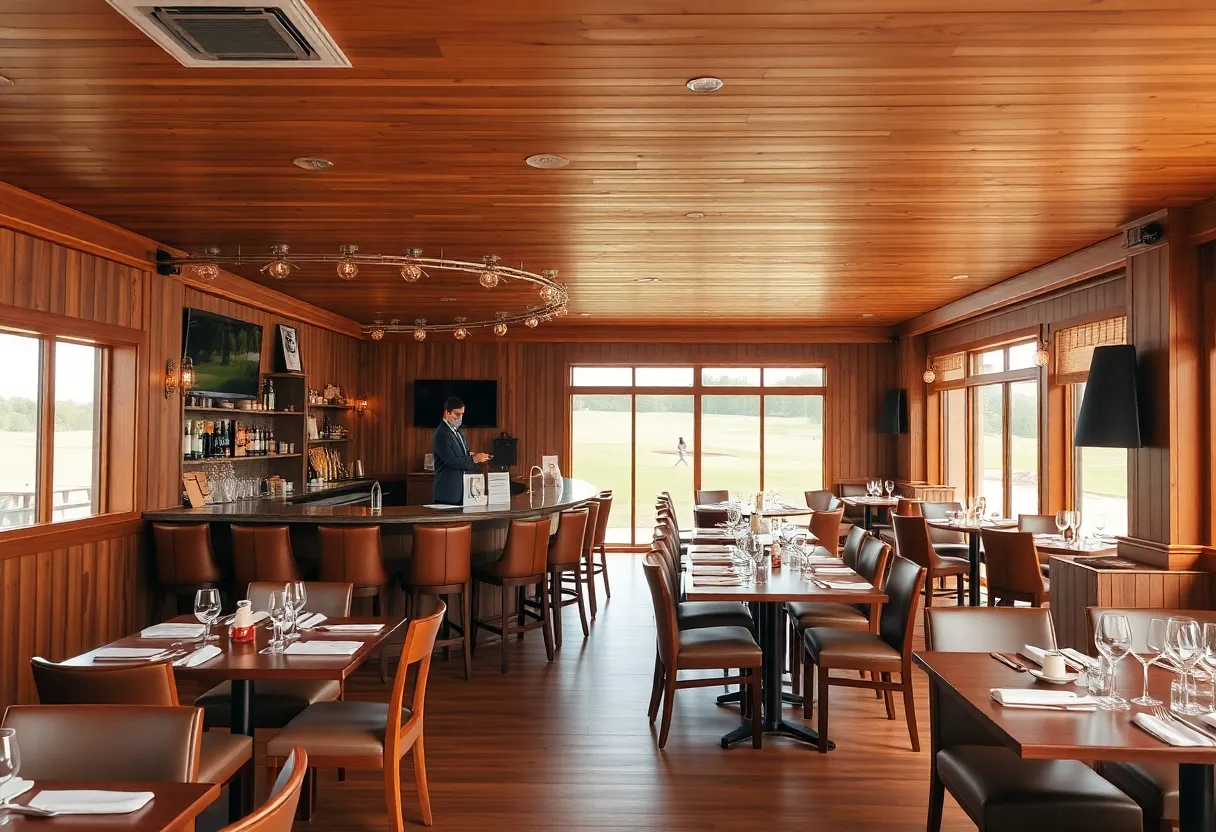News Summary
Researchers at the University of Pennsylvania have created an innovative 3D printable concrete using diatomaceous earth, enhancing structural performance and carbon capture capabilities. This sustainable concrete absorbs more CO₂, reducing greenhouse gas emissions typically associated with traditional concrete production. With unique properties that improve flow during printing and a geometric design inspired by nature, this new concrete formulation demonstrates significant potential for applications in construction and marine restoration projects, promoting a shift towards sustainable building practices.
Philadelphia, PA – Researchers at the University of Pennsylvania have developed an innovative 3D printable concrete using diatomaceous earth (DE), a material derived from fossilized microscopic algae. This breakthrough aims to enhance the structural performance of concrete while significantly increasing its ability to capture carbon dioxide (CO₂), addressing a major environmental concern associated with traditional concrete production.
Conventional concrete is responsible for approximately 9% of global greenhouse gas emissions, making the development of more sustainable materials critical. The newly created concrete formulation is capable of absorbing up to 142% more CO₂ compared to standard concrete mixes, while simultaneously lowering the overall cement content utilized in the blend. This dual-effect not only supports structural integrity but also contributes positively to the environment.
The diatomaceous earth used in this mixture has a porous, sponge-like structure that improves flow behaviors during the 3D printing process. This unique property provides valuable active sites for CO₂ binding, which further enhances the material’s performance. The incorporation of DE encourages the formation of calcium carbonate during the curing phase, ultimately leading to increased strength of the concrete.
One of the notable advancements of this innovative concrete is its ability to overcome the common trade-off between porosity and mechanical strength typically encountered in conventional cement-based materials. Testing indicated that the new concrete formulation retained 90% of the compressive strength found in solid concrete forms, while also absorbing 32% more CO₂ per unit of cement.
The geometry of this new concrete was optimized through the use of triply periodic minimal surfaces (TPMS), which are organic forms inspired by structures seen in nature, such as bones and coral. This design maximizes surface area and stiffness while minimizing material usage. Structural stability is assured by employing polyhedral graphic statics, allowing the designs to remain self-supporting, even in instances of overhangs. To further reinforce the structure, post-tensioning cables have been integrated into the concrete.
In practical applications, this new concrete has demonstrated a reduction of 68% in material usage while increasing the surface-area-to-volume ratio by over 500%. As a result, the research team is making strides towards transitioning from prototypes to full-scale architectural components. These components include various structures such as floors, walls, and facades, all adhering to the same innovative geometric principles.
Moreover, the material shows potential for ecological applications, particularly in marine restoration projects, where it could serve as a foundation for artificial reefs and oyster habitats. Its compatibility with marine environments and ability to absorb CO₂ from seawater positions it as a valuable resource for ongoing environmental restoration efforts.
Future research initiatives are aimed at investigating alternative binder chemistries, including magnesium-based and alkali-activated systems. Additionally, the team will explore the integration of industrial waste streams, thereby further reducing reliance on conventional cement and promoting sustainability in construction practices.
Researchers are urging the construction industry to rethink the concept of concrete, envisioning it not just as a static material but as a dynamic substance capable of responding to environmental conditions. This vision aligns with global movements toward sustainable building practices.
The exploration of low-carbon emissions in construction is gaining traction, as illustrated by the Institute for Advanced Architecture of Catalonia, which successfully 3D printed a low-carbon emission building prototype in 2024 using local soil and natural materials. Collaborations in the United Kingdom are also underway, focusing on the development of low-carbon, graphene-infused 3D printable mortars, which are aimed at enhancing construction efficiency while minimizing environmental impact.
Deeper Dive: News & Info About This Topic
HERE Resources
Additional Resources
- 3D Printing Industry: University of Pennsylvania Develops 3D Printable Concrete
- Wikipedia: Concrete
- Voxelmatters: UPenn Engineers Reimagine Concrete 3D Printing with Algae
- Google Search: Sustainable Construction
- New Atlas: Bio Concrete with Carbon and Diatomaceous Earth
- Google Scholar: 3D Printed Concrete
- Wiley Online Library: Advanced Functional Materials
- Encyclopedia Britannica: Construction
- 3D Printing Industry: Kentucky’s First 3D Printed Concrete Home
- Google News: 3D Printing Innovation
Author: STAFF HERE PHILADELPHIA WRITER
The PHILADELPHIA STAFF WRITER represents the experienced team at HEREPhiladelphia.com, your go-to source for actionable local news and information in Philadelphia, Philadelphia County, and beyond. Specializing in "news you can use," we cover essential topics like product reviews for personal and business needs, local business directories, politics, real estate trends, neighborhood insights, and state news affecting the area—with deep expertise drawn from years of dedicated reporting and strong community input, including local press releases and business updates. We deliver top reporting on high-value events such as Mummers Parade, Philadelphia Flower Show, and Thanksgiving Day Parade. Our coverage extends to key organizations like the Greater Philadelphia Chamber of Commerce and United Way of Greater Philadelphia, plus leading businesses in telecommunications, food services, and healthcare that power the local economy such as Comcast, Aramark, and Children's Hospital of Philadelphia. As part of the broader HERE network, we provide comprehensive, credible insights into Pennsylvania's dynamic landscape.





